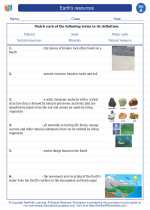What is the Crust?
The Earth's crust is the outermost layer of the Earth. It is a thin, solid, and rocky shell that forms the Earth's surface. The crust is the part of the Earth that we live on and is the layer that contains all the land and ocean basins.
Composition of the Crust
The Earth's crust is made up of various types of rocks, minerals, and soil. It is composed of two main types of crust: continental crust and oceanic crust. Continental crust is thicker and less dense, primarily made up of granite, while oceanic crust is thinner and denser, mainly composed of basalt.
Structure of the Crust
The crust is divided into several tectonic plates that float on the semi-fluid upper mantle. These plates move and interact with each other, leading to various geological phenomena such as earthquakes, volcanic eruptions, and the formation of mountain ranges.
Importance of the Crust
The Earth's crust plays a crucial role in sustaining life as we know it. It provides a solid surface for the existence of landforms, supports the growth of vegetation, and contains valuable natural resources such as minerals, metals, and fossil fuels.
Study Guide: Crust
- What is the Earth's crust?
- Describe the composition of the Earth's crust.
- How is the crust structured?
- Why is the Earth's crust important?
Quiz: Test Your Knowledge
- What is the outermost layer of the Earth called?
- Which type of crust is primarily made up of granite?
- What geological phenomena are associated with the movement of tectonic plates?
- Name one important natural resource found in the Earth's crust.
[Crust] Related Worksheets and Study Guides:
.◂Science Worksheets and Study Guides First Grade. Earth's resources
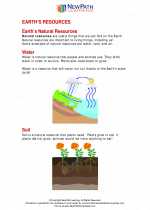
 Worksheet/Answer key
Worksheet/Answer key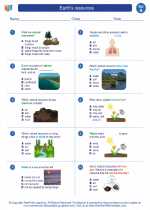
 Worksheet/Answer key
Worksheet/Answer key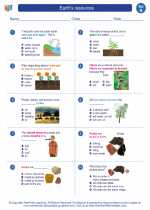
 Worksheet/Answer key
Worksheet/Answer key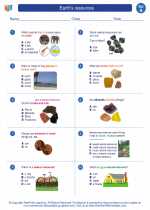
 Vocabulary/Answer key
Vocabulary/Answer key
 Vocabulary/Answer key
Vocabulary/Answer key